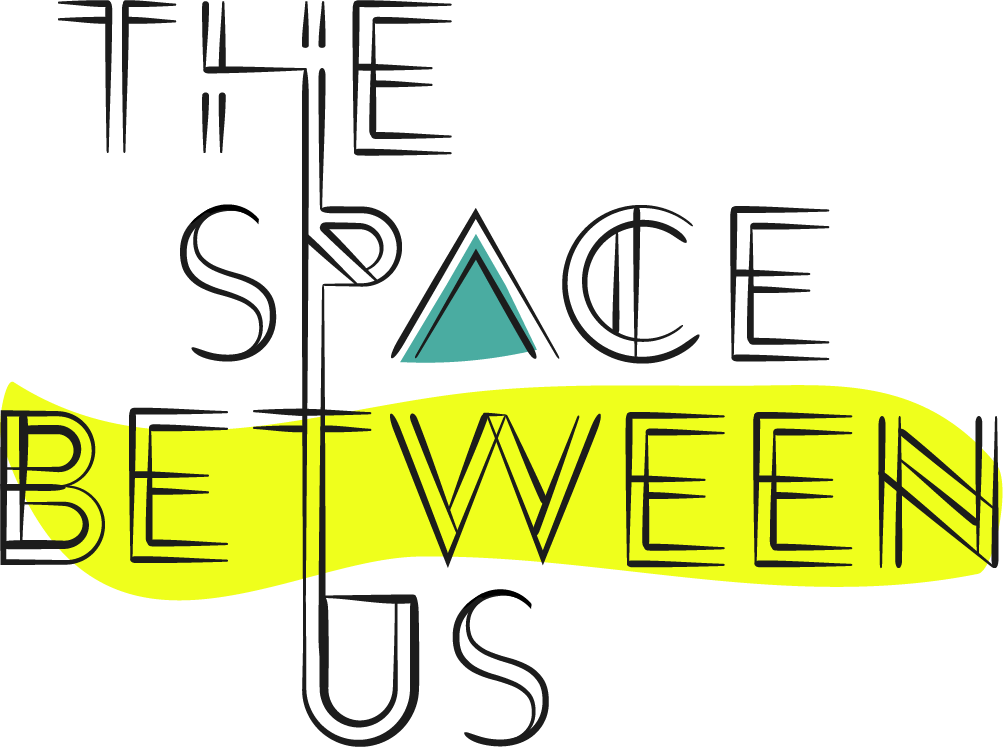
Publications
Charting the Constellations of the Oceans, Rivers, and Islands
Contemporary HUM, July 2021
As the inaugural Artistic Director for Nuit Blanche Toronto (2020 and 2022), Dr Julie Nagam is interested in forging new relationships between Indigenous and non-Indigenous communities, in Turtle Island (North America) and internationally, and in the use of digital and new media to express shared experiences of colonialism. Here, Nagam introduces several recent projects undertaken in collaboration with artists and curators from Aotearoa and the new global partnership The Space Between Us, emerging from these cross-cultural exchanges.
'O LE ŪA NA FUA MAI MANU'A
ʻO le ūa na fua mai Manuʻa’ brings fresh international perspectives to current endeavours to embody and awaken Indigenous sensual and spoken languages. The exhibition takes its title from a Sāmoan proverb that describes the incoming rain from the Sāmoan island of Manu'a (currently within the unincorporated territory of the United States of America) and bittersweet or melancholic moments leading to much-needed change.
This archipelago of Indigenous moving image works moves away from Western thinking of ‘the Pacific’ as an untethered region at the periphery of the action (Australia, Australasia, Asia), from a place somewhere over the horizon from where we find ourselves on Eora Nation shores and where contemporary culture is made in Australia. Instead, Indigenous concepts of relational space-time, kinships and responsibilities spanning the Great Ocean are the frameworks that ground this project.
Drawing together works that span the intellectual and material territories of Yirrkala to Santiago, from Sydney to Kuujjuaq, ʻO le ūa na fua mai Manuʻa’ invites consideration of chosen genealogies and bloodlines meeting through language, movement, body and kinship. It features works that deepen understandings of complex Indigenous life today: focusing on language, memory, desire and pleasure (including sensitivity/care to queer, trans, feminist and matriarchal forms of belonging and kinship without being prescriptive).
Artists
asinnajaq (Inuk, Montreal)
Sarah Biscarra Dilley (yak titʸu titʸu yak tiłhini, Oakland)
Sebastián Calfuqueo Aliste (Mapuche, Santiago)
Mariquita 'Micki' Davis (Chamorro, San Diego)
Amrita Hepi (Ngā Puhi/Bundjalung, Melbourne)
Caroline Monnet (Anishinaabe, Montreal)
Faye Mullen (Anishinaabe, Montreal)
Shannon Te Ao (Ngāti Tūwharetoa, Wellington)
Angela Tiatia (Sāmoan, Sydney)
and Gutiŋarra Yunupiŋu (Dhuwalandja/barrkuŋu waŋa, Yirrkala)
Curator
Dr. Léuli Eshrāghi (Sāmoan, Darwin/Montreal)
Becoming Our Future: Global Indigenous Curatorial Practice
Edited by: Julie Nagam, Carly Lane, Megan Tamati-Quennell
This book investigates international Indigenous methodologies in curatorial practice from the geographic spaces of Canada, Aotearoa (New Zealand) and Australia. From a perspective of Indigenous peoples important place within society, this collection explores how Indigenous art and culture operate within and from a structural framework that is unique and is positioned outside of the non-Indigenous cultural milieu. Through a selection of contributions, Becoming Our Future articulates this perspective, defines Indigenous curatorial practice and celebrates Indigenous sovereignty within the three countries. It begins to explore the connections and historical moments that draw Indigenous curatorial practices together and the differences that set them apart. This knowledge is grounded in continuous international exchanges and draws on the breadth of work within the field.
With contributions from Nigel Borell, Freja Carmichael, Karl Chitham, Nici Cumpston, Léuli Eshra ̄ghi, Reuben Friend, Jarita Greyeyes, Ioana Gordon-Smith, Dr. Heather Igloliorte, Jaimie Isaac, Carly Lane, Cathy Mattes, Kimberley Moulton, Lisa Myers, Dr. Julie Nagam, Dr. Jolene Rickard, Megan Tamati-Quennell, Josh Tengan and Daina Warren.
PUBLIC: Culture, Art + Ideas, Winter 2016
Editors: Dr. Julie Nagam, Dr. Heather Igloliorte, Dr. Carla Taunton
INDIGENOUS ART: NEW MEDIA AND THE DIGITAL convenes leading scholars, curators, and artists from the Indigenous territories in Canada, the United States of America, Australia, and Aotearoa (New Zealand). It brings forth urgent conversations about resistance to colonial modernism, and highlights the historic and ongoing use of technology by Indigenous communities and artists as vehicles of resilience and cultural continuity. This issue ignites productive dialogue around the definitions of new and digital media art and practice-based work within the framework of Indigenous art and theory. While showcasing Indigenous artists’ work, it also probes the significant ways that this work contributes to—yet also intervenes on—the fields of art history, visual, cultural and media studies. PUBLIC 54 contributors investigate contemporary Indigenous digital and new media art’s relationships with sovereignty, self-determination, and nationhood. Altogether, the diverse articles, artworks, and dialogues illustrate the ways that Indigenous new media art can dynamically activate and embody Indigenous epistemologies, cosmologies, and methodologies.
“Transmissions: The Future Possibilities of Indigenous Digital and New Media Art”
Authors: Heather Igloliorte, Julie Nagam, Carla Taunton
“Deciphering the Refusal of the Digital and Binary Codes of Sovereignty/Self-Determination and Civilized/Savage”
Dr. Julie Nagam
PUBLIC: Culture, Art + Ideas 54 (2016): 78-89
Excerpt: “In this essay I discuss the debates between sovereignty/self-determination and civilized/savage as they relate to Indigenous and global theoretical positions. This debate is framed by selected art- works including in pursuit of Venus (2012) and in pursuit of Venus [infected] (2015) by Māori artist Lisa Reihana, and Métis artist Cheryl L’Hirondelle’s web-based Vancouver song lines project titled, nikamon ohci askiy (Songs Because of the Land) (2008). The multimedia installations of Bear Witness, Madeskimo, Kevin Lee Burton, Jordan Bennett, Nicholas Galanin, Jackson 2bears, and Maria Hupfield included in the exhibition Beat Nation (2010) will also be mentioned. At the nucleus of this research are the tensions between Indigenous and colonial histories within the politics of technologies and in the context of digital and new media art.”





